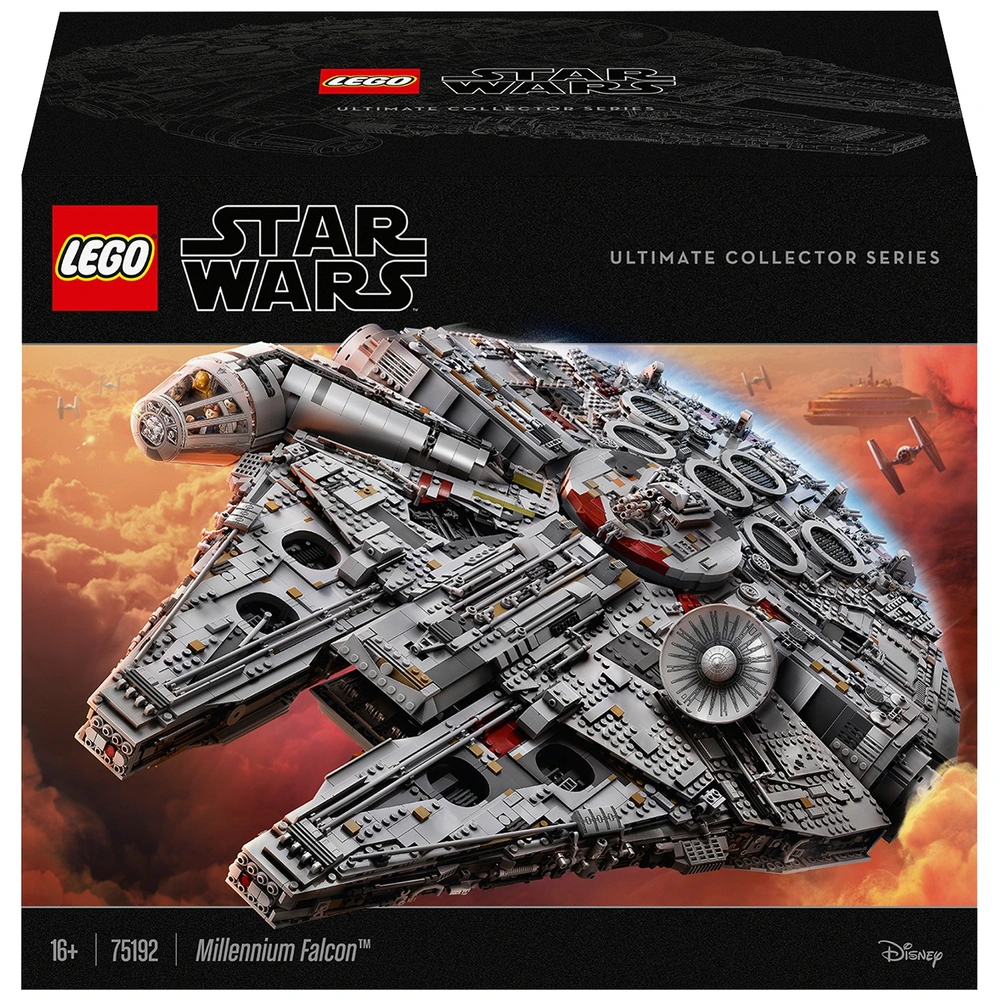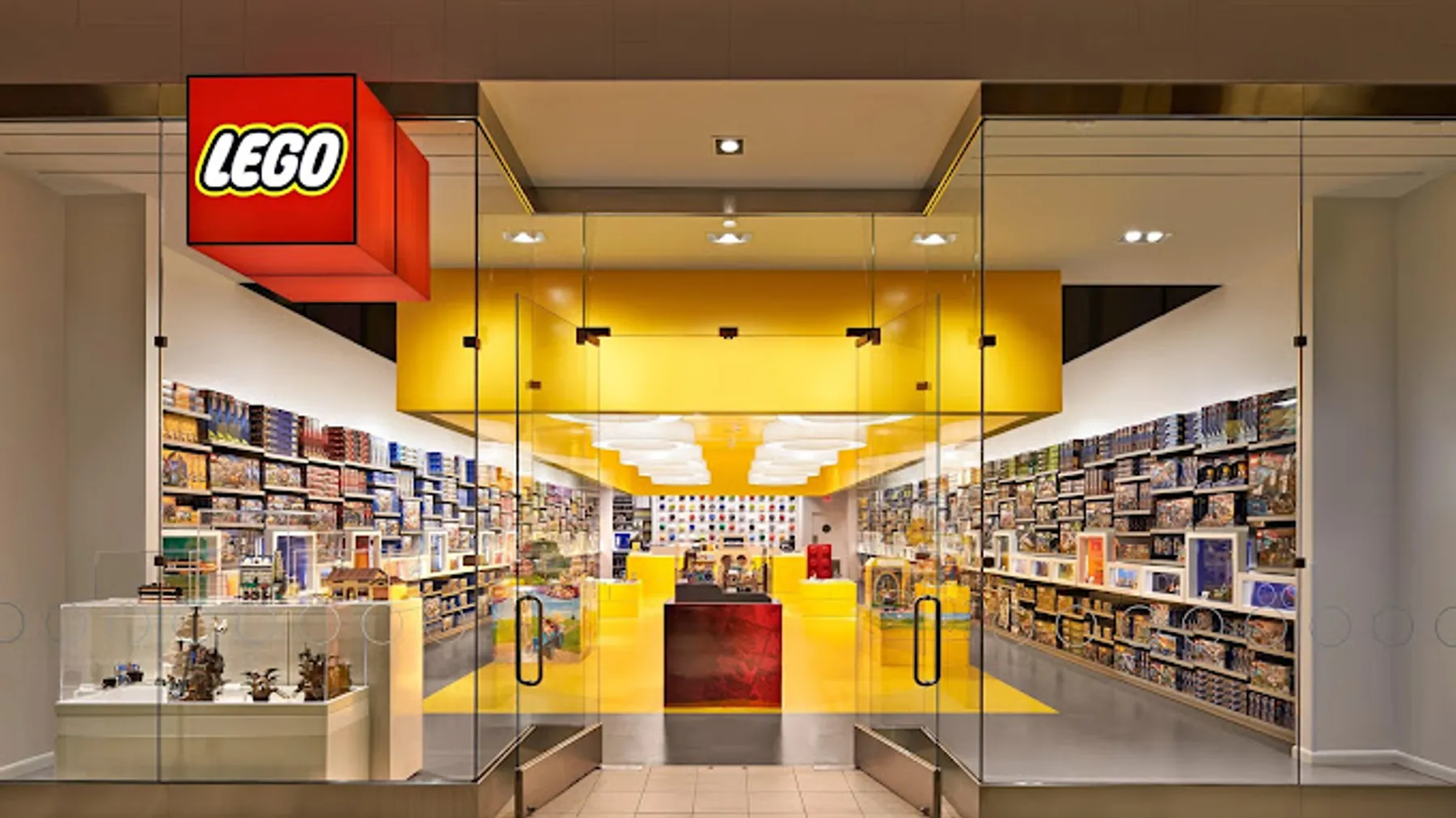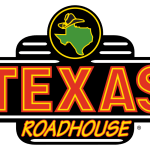UK Toys Hit £4B Milestone in 2025: Kidults Spark Lego and Pokémon Nostalgia Frenzy
The UK toy market finally shakes off its post-pandemic slump, with sales climbing six percent year-on-year through September. This marks the first real uptick since lockdown highs pushed the industry to unexpected peaks, as families once again embrace play. Yet this time adults lead the charge, craving simple joys amid life's relentless grind. As a lifelong Lego enthusiast who's poured thousands into elaborate builds—from sprawling cityscapes to faithful Star Wars replicas—I've felt that pull firsthand, knowing it's more than a hobby but a quiet rebellion against adulting's endless demands.
The Comeback Story: Toys Reclaim Their Throne
Britain's toy sector now hums with fresh energy, its annual value nearing four billion pounds for the first time in years. Circana data highlights this momentum, with licensed products like Lego and Pokémon spearheading the gains as they blend timeless appeal with modern twists. Parents stock up for kids while grown-ups indulge for themselves, creating a vibrant loop that has retailers buzzing with optimism. High street shops report footfall spikes and online carts overflow with impulse buys, making the shift feel electric as play no longer hides in children's rooms but spills into adult lives with unapologetic glee.

A stack of Pokémon cards — a symbol of nostalgia and connection as adults and children alike rediscover the thrill of collecting in the UK’s booming toy market.
Enter the Kidults: Adults Rediscovering Childlike Wonder
Kidults emerge as the unsung heroes of this revival, with this group—anyone over twelve—now fueling one-third of all UK toy purchases. They snap up collector's Lego sets and rare Pokémon packs, along with intricate model kits that draw them in too. Manufacturers adapt swiftly, as Mattel rolls out premium Hot Wheels tracks and Hasbro revives classic board games with nostalgic flair.
The Lego Group doubles down on elaborate adult-oriented builds, items that double as display pieces and stress relievers. I've lost count of weekends lost to assembling my latest Millennium Falcon, where each click of a brick unlocks memories and stirs a warmth that screens can't touch. Experts note this trend's emotional core, with Jason Masherah, who leads Upper Deck's trading card division, offering that "Nostalgia isn't just marketing, it's a lifeline in uncertain times" to capture the heartfelt surge behind every purchase.
Shelf Stars: DreamToys 2025's Must-Have Picks
This year's DreamToys lineup pulses with cross-generational magic, curated by the Toy Retailers Association to spotlight items that tug at heartstrings. A Hot Wheels Formula 1 circuit dazzles with authentic racing details, which collectors adore for its precision while kids revel in the speed. An interactive dinosaur egg hatches dramatically over days and is priced at sixty-five pounds to deliver theater without batteries. Wicked dolls channel the musical's enchantment, bridging theatre fans and doll enthusiasts seamlessly.
Then there's the low-tech marshmallow feeder, where players grab treats with tiny plastic hands and laughter ensues as videos flood TikTok feeds. These choices reflect smarter design that prioritizes lasting fun over fleeting trends, and according to analysis reviewed by Finance Monthly, such innovations boost repeat buys by fifteen percent. The list proves toys evolve to foster bonds that endure beyond the holidays.
The Wallet-Wise Angle: How Kidult Spending Signals Smarter Savings Plays
Kidult enthusiasm reshapes the toy economy in ways that hit home for everyday budgets, as this surge taps the "nostalgia economy" where fond memories justify premium prices on revamped classics. Companies like Lego leverage it masterfully, with their first-half 2025 revenue jumping twelve percent to thirty-four point six billion Danish kroner, growth that stems partly from adult collectors chasing limited-edition sets. These items often appreciate faster than inflation, so a vintage Lego Star Wars kit bought today might fetch double in resale markets within five years.
Consumers should care because this trend turns hobbies into subtle wealth builders, offering low-barrier entry to alternative investments in an era of squeezed finances. Unlike volatile stocks, collectibles provide tangible joy alongside potential gains and hedge against rising costs elsewhere, while families facing ten to twenty pound brackets for gifts find value here as durable pieces outlast cheap fads. They reduce long-term spending regrets too.
Here's fresh insight: Track Lego's Icons series or Pokémon's elite trainer boxes for flips, as platforms like BrickLink show average twenty percent annual returns on well-chosen sets. Start small by allocating fifty pounds monthly to one themed collection, then research via apps like Rebrickable for scarcity signals. This habit not only enriches your space but cushions your savings, transforming play from expense to asset. My own stacks prove it, as that initial splurge on modular buildings now offsets holiday gifts effortlessly.

The Lego UCS Millennium Falcon — a must-have for collectors and fans, retailing at £849.99, blending nostalgia and challenge in the UK’s thriving toy market.
Holiday Horizon: Christmas 2025's Toy Treasure Hunt
Retail forecasts paint a rosy picture for December, with nostalgia fueling the frenzy as Lego's Formula 1 cars and Pokémon Scarlet & Violet decks top wish lists. Retro 1990s reissues stir bidding wars too, and stores blend online ease with in-person magic through touch-and-build demos that draw crowds. Economic jitters linger yet this boom signals confidence, as adults spend more per item to ease family strains. The season promises connection over consumption, with parents sharing childhood tales over card battles and builders bonding brick by brick. Play reclaims its spot and heals divides in a fractured world.
One London shopgoer summed it up perfectly last week, clutching a Lego box for her son while her eyes sparkled. "I swore it was just for him," she said after a pause. "Truth is, my inner kid needed it more."
What Readers Are Raving About Next
What Fuels the 2025 UK Toy Market Explosion?
Nostalgia collides with self-care in this vibrant rebound, as kidults drive one-third of sales through Lego sets and Pokémon cards that evoke childhood magic. Global licensed toys grew seventeen percent per Circana, while economic recovery adds tailwinds and families seek affordable thrills amid inflation. Retailers craft shareable experiences with TikTok virality amplifying buzz, creating this mix of sustainable growth that outpaces pre-pandemic paces by key margins. Play becomes therapy and binds generations in unexpected ways.
How Do Kidults Reshape Toy Retail Strategies?
Adults over eighteen now claim eighteen percent of European toy sales, totaling two billion pounds, so brands pivot to dual-appeal designs with sophisticated packaging that woos collectors. Interactive elements hook kids while social media campaigns target millennial parents, and limited drops build hype to stabilize revenues against shrinking child demographics. Retailers stock hybrid zones with online previews pairing to store trials, fostering loyalty as spending rises per transaction. Toys evolve from kids' stuff to cultural currency.
What Is the Lego Group's Valuation in 2025?
Lego's private status keeps exact figures elusive yet H1 results hint at robust health, with revenue hitting thirty-four point six billion Danish kroner up twelve percent. Profit climbed ten percent on innovation waves, and analysts peg full-year value near one hundred billion euros fueled by collector demand and global expansions. Sustainability pledges enhance appeal too, positioning Lego as a blue-chip in play where investors eye it warily. Its steady ascent mirrors kidult fervor, as bricks build empires quietly but surely.
Is Lego A Good Investment?
Lego stands out as a smart alternative investment, especially through collectible sets that often deliver strong returns amid the company's robust growth. In H1 2025, the Lego Group posted a 12% revenue surge to 34.6 billion Danish kroner, fueled by innovative lines like Icons and Star Wars, outpacing the broader toy market. For collectors, retiring sets shine brightest, with projections showing gains from 70% to 115% over five years—for instance, the Viking Village could climb from $130 to $280 by 2030, driven by nostalgia and scarcity.
Historical data backs this, with Lego investments averaging 11% annual returns, beating stocks and bonds while offering the bonus of hands-on fun. That said, success hinges on picking high-demand themes like modular buildings or licensed IPs, storing sets sealed, and holding two to five years—perfect for hobbyists turning passion into profit without the stock market's volatility. As a collector who's seen my stacks appreciate steadily, it's a thrill that pays dividends in joy and cash.















